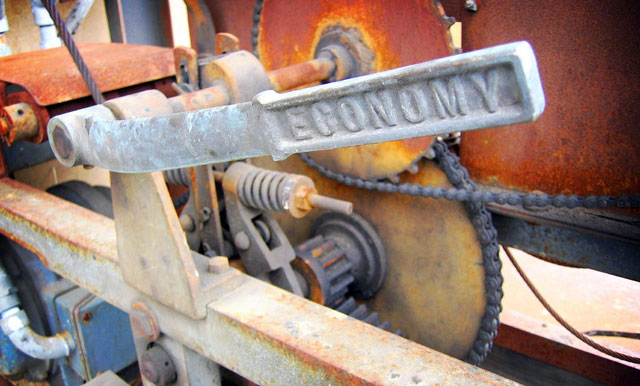
South Africa’s real gross domestic product (GDP) increased by 0,9% in the first quarter of 2013, Statistics South Africa said on Tuesday.
The increase in GDP was lower than the 2,1% achieved in the fourth quarter of 2012. However, when compared to the first quarter of 2012, the GDP increased by 1,9%.
Main contributors to the increase in economic activity in the first quarter of 2013 were the mining and quarrying industries, finance, real estate and business services, which each contributed 0,7 of a percentage point.
General government services contributed 0,3 of a percentage, while wholesale, retail, motor trade, catering, accommodation, transport, storage and communications each contributed 0,2 of a percentage point.
Sectors which experienced declines were manufacturing at -1,2%, while the agriculture, forestry, fishing, electricity, gas and water industries each contributed -0.1 of a percentage point.
Nominal GDP at market prices in the first quarter of 2013 was R814bn, which was R1bn less than the fourth quarter of 2012. Finance, real estate and business services expanded by R7bn to R161bn in the first quarter of 2013.
Agriculture, forestry and fishing expanded by R4bn to R14bn, while the construction sector grew by R4bn to R31bn. Wholesale, retail and motor trade, catering and accommodation decreased by R15bn to R115bn.
The transport, storage and communications sector declined by R5bn to R63bn. Mining and quarrying decreased by R3bn to R63bn.
Stats South Africa deputy director-general Joe de Beer said it was too early to predict that 2013 would have low economic growth. “The first quarter of 2013 is definitely lower than the last quarter of 2012. But it is a bit early to base the prediction of the entire 2013 just on the numbers of the first quarter,” he said.
“It could very well be that the growth in the second and the third quarters will be much higher than what you recorded in the first quarter of 2013. Analysts must be very careful to presume that the rest of the year will be as slow as the first quarter of the year was,” De Beer said.
However, he agreed that “most people will agree that it is a disappointing number”. There was a link between GDP growth and job creation.
“If a manufacturer wants to increase his production, you may immediately hire people, and then you see an increase in production, a month later or six months later.”
However, there were also differences between industries. Some were very labour intensive, while others were capital intensive.
“If you are in an industry that uses machinery and equipment, you are able to change your production and output without changing your labour.
“Also in industries such as manufacturing, you may be using just 75 percent of your production capacity. You can increase production without new labour,” he said. — Sapa
- Image: spDuchamp/Flickr




